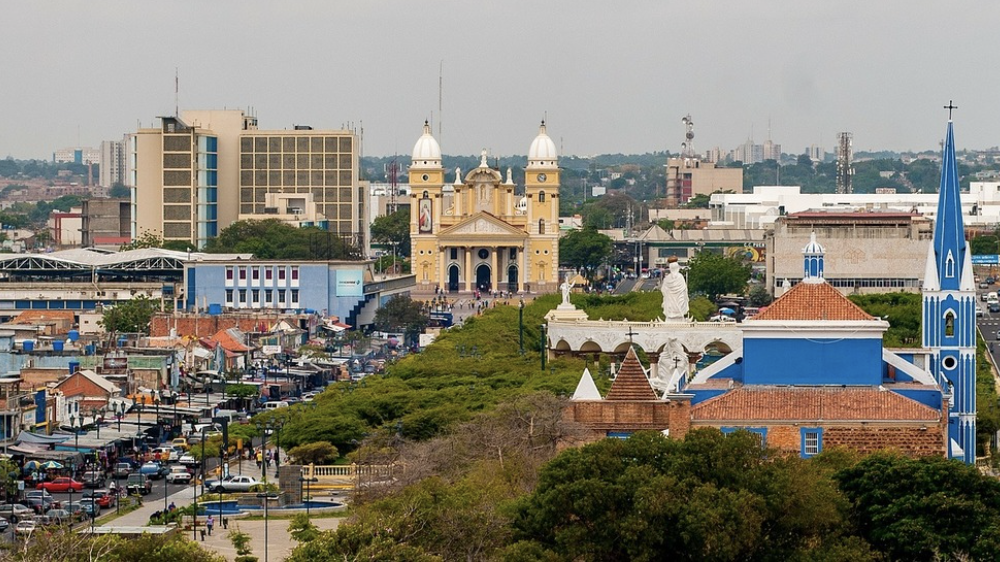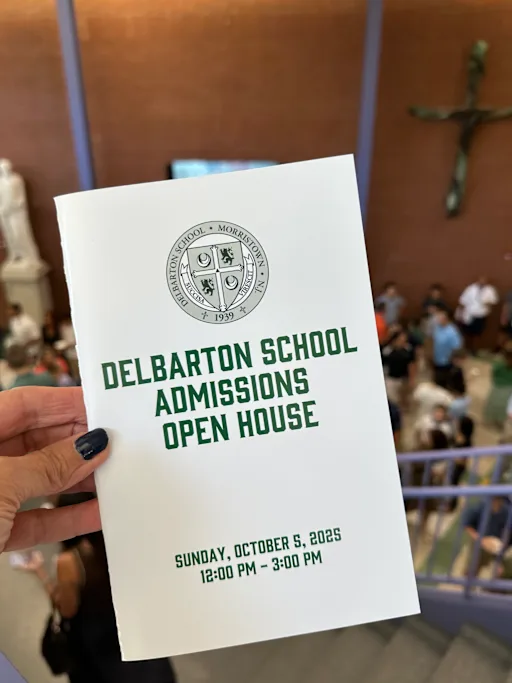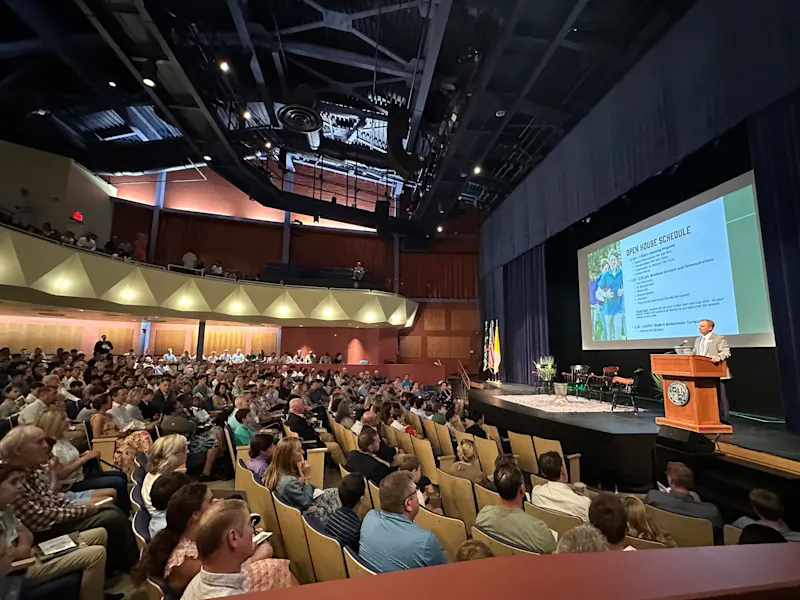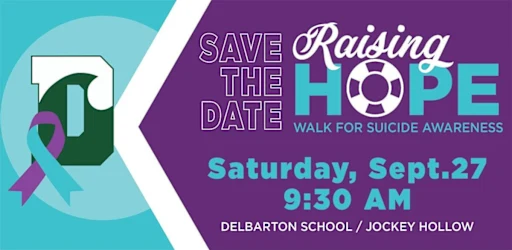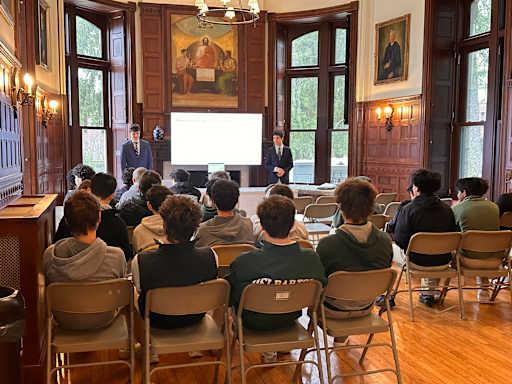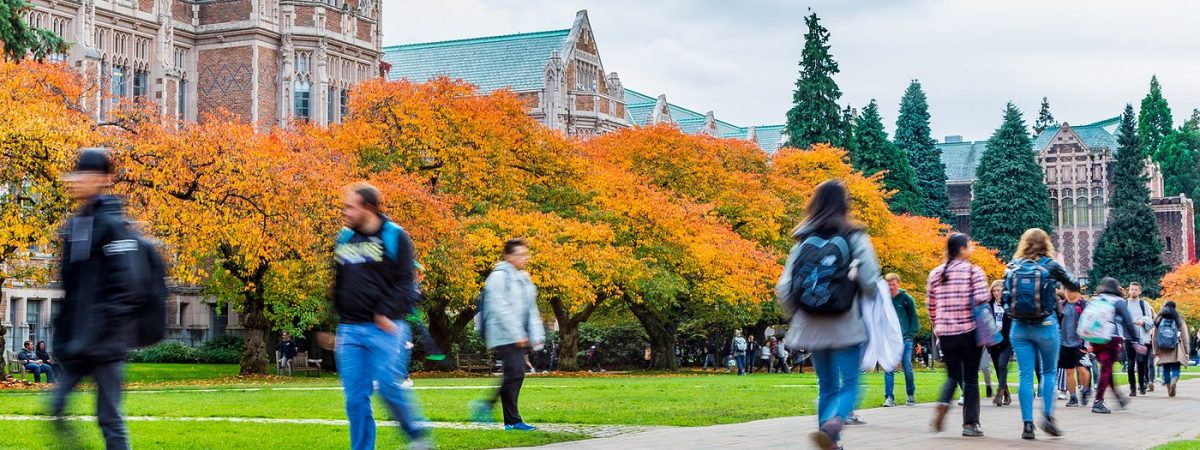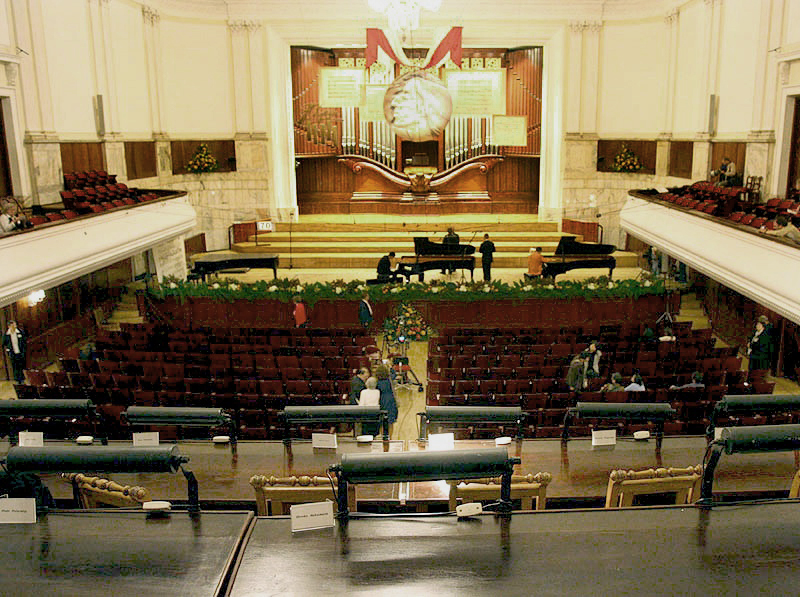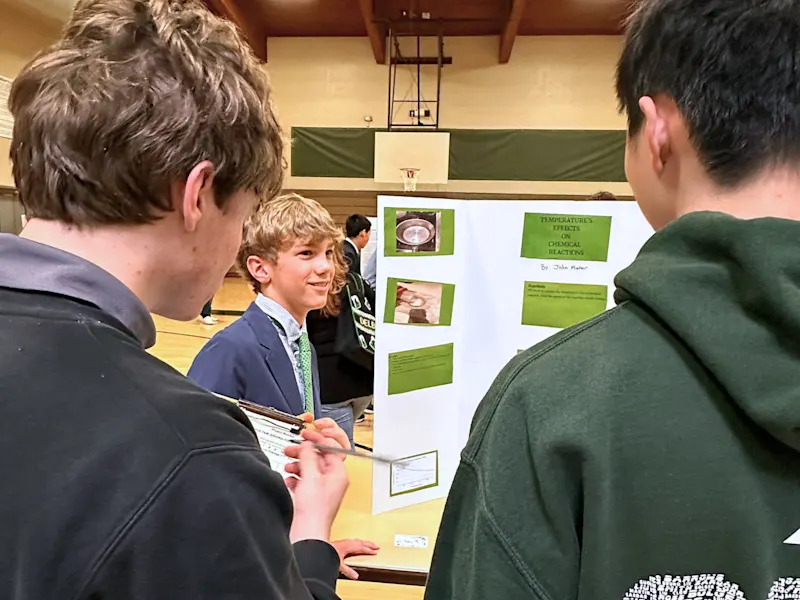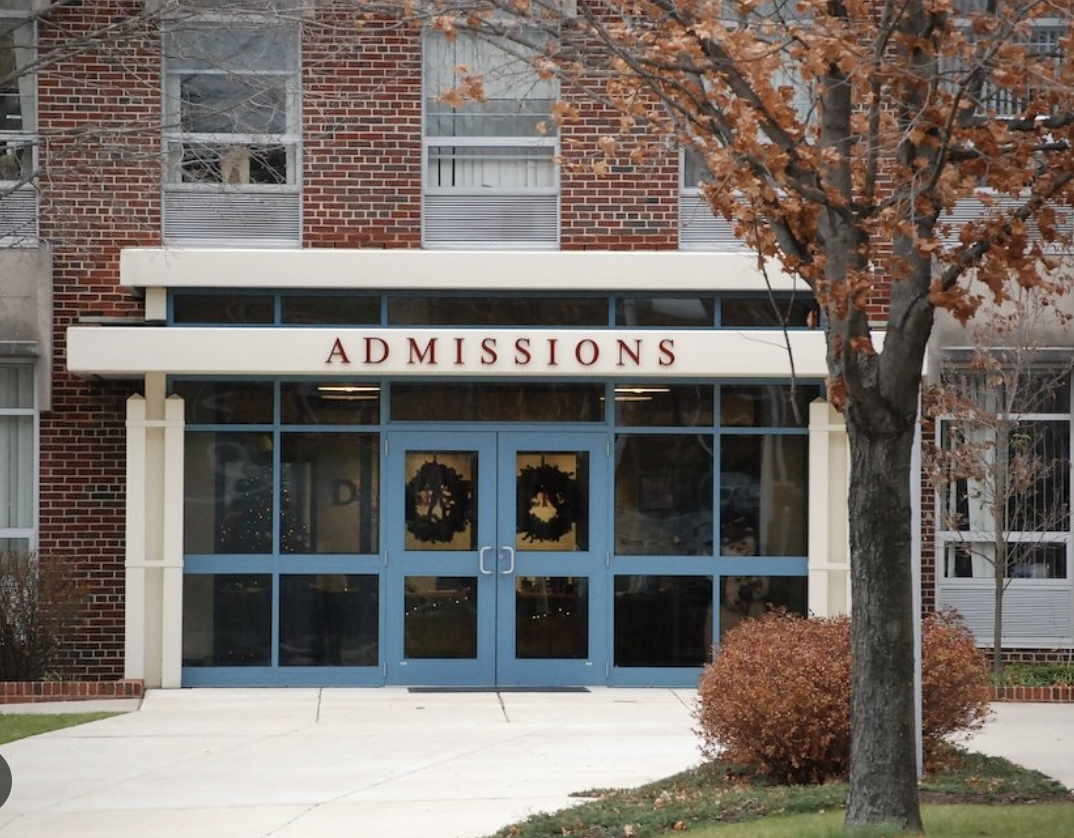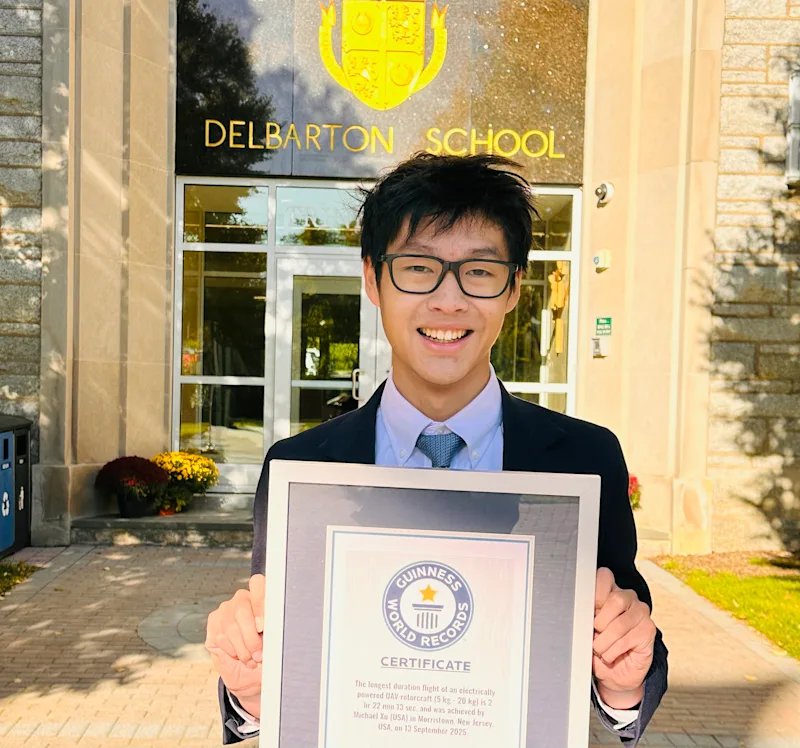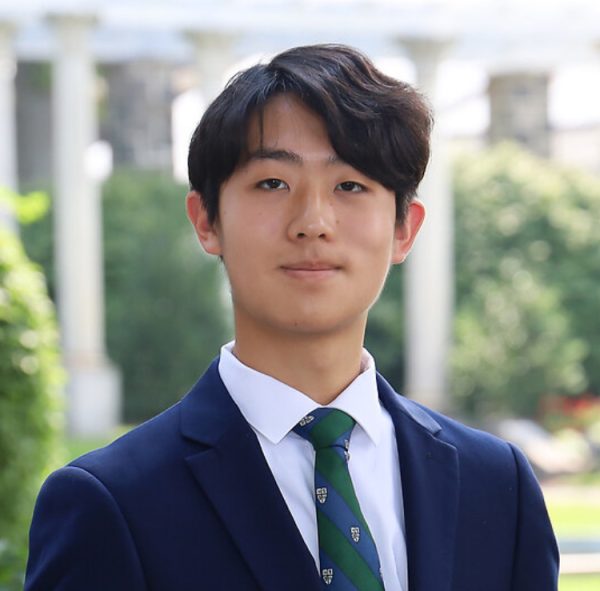In 2020, when COVID-19 caused shockwaves around the world, it indirectly transformed one area in particular: college admissions. Several colleges went test-optional for that year, allowing students to either submit their standardized test results or abstain from doing so without any detriment to their application. Now that a few years have passed with this modification in place, universities are debating whether they should continue or end this policy. Most recently, Dartmouth College announced a return to the testing requirement, stating that applicants for the Class of 2029 will have to submit SAT and/or ACT scores.
Dartmouth now joins Yale University which also begun to require submission of test scores for the 2024-2025 admissions cycle. Similar to Dartmouth, the Yale Admissions Office asserts that instituting a test requirement will benefit middle- or lower-class students. They stated that test scores can demonstrate academic excellence and potential for success in college for underprivileged students, who have less access to resources to submit as substitutes for indicators of academic ability.
This trend has not continued in the pre-college realm, however. Thomas Jefferson High School for Science and Technology, also known as TJ, is a public magnet school in Virginia. Previously, TJ examined teacher recommendations, testing, application essays, and grades when considering applicants. In 2021, however, they turned to a new system, instead beginning to admit the top 1.5% of students from local public middle schools.
One of the primary motivations behind this shift was to increase diversity within TJ. Because most communities within the northern Virginia area each consist of people of similar race and economic status, guaranteeing admission for applicants from each pool allows for a student body with applicants from all backgrounds. In fact, the New York Times found that following the change, the class percentage of students from low-income families rose from 2% to 25%; the percentage of Asian students dropped from 73% to 54%; the percentage of Black students rose from 1% to 7%; the percentage of Hispanic students rose from 3% to 11%; and the percentage of White students rose from 18% to 22%.
In response, several disillusioned parents filed a lawsuit against TJ. They contend that the new system, although not blatantly based on race, indirectly discriminated against specific groups of students, specifically Asian-Americans. After regional courts ruled denying any sort of prejudiced intent, the case was sent to the Supreme Court. However, the Supreme Court refused to hear the case, dismissing the appeal.
This controversy in college and now high-school admissions concerning diversity and race will certainly continue to be debated for a long time. Currently, it can mostly be agreed that the systems in place are not perfect; improvements can definitely be made to increase fairness across all groups of people. The question that is currently being examined and that will certainly face further consideration in the future is what exactly those changes are.


